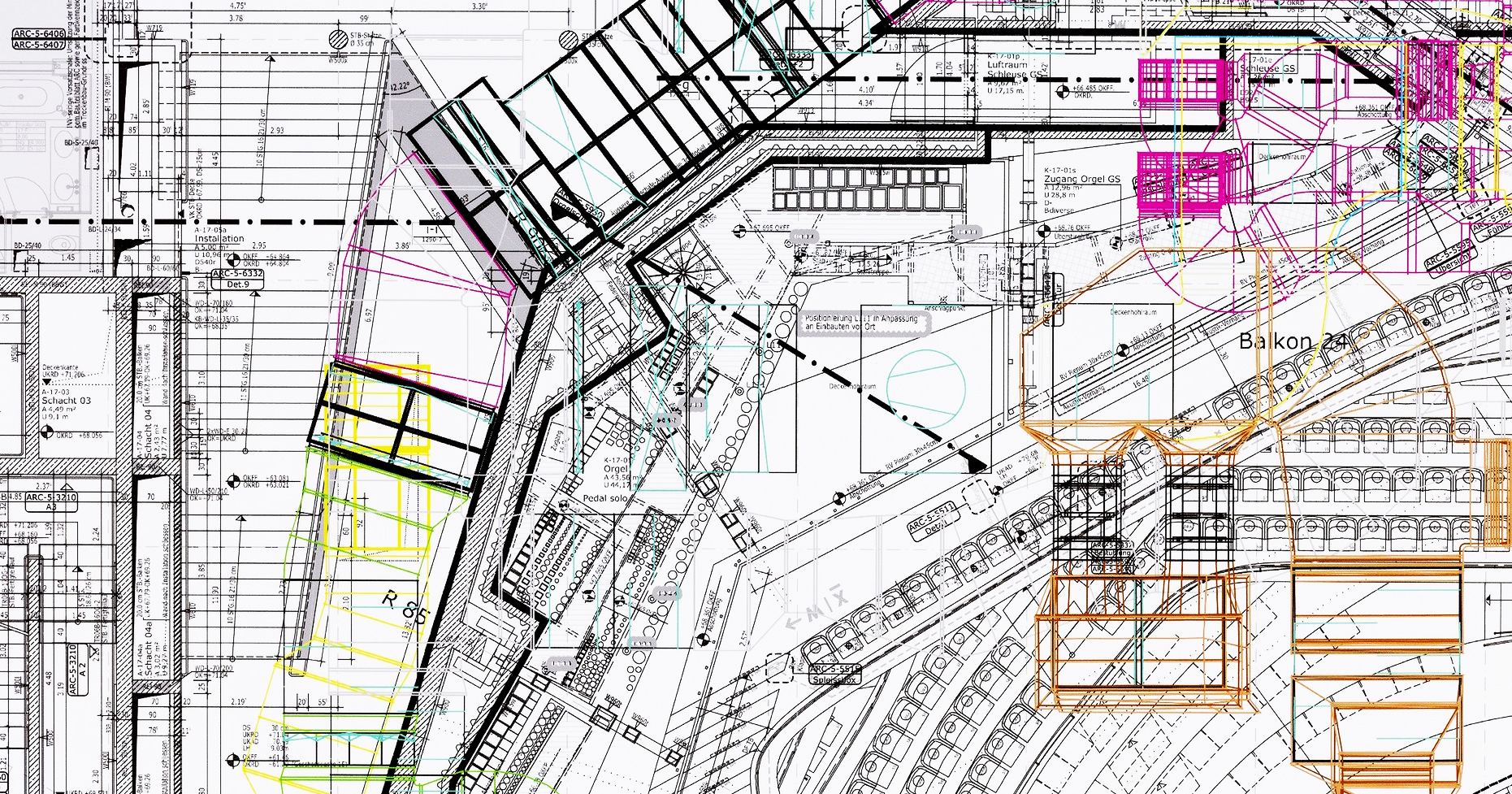Table Of Content

Architects aim to integrate the building seamlessly into the landscape, respecting its natural elements and minimizing any negative environmental impacts. Architecture is a complex and multifaceted discipline that involves the design and construction of buildings and other structures. At its core, architecture is concerned with creating functional and aesthetically pleasing spaces that meet the needs of the people who will use them. To achieve this, architects consider a wide range of factors, including design principles, materials, and construction techniques. Proportion and scale in the rule of Architecture refer to the intentional sizing and relationship of elements within a design to create visual harmony, balance, and a sense of appropriateness.
Functionality
The principles of architectural design focus on the artistic and creative aspects of the discipline. These principles guide architects in creating spaces that are not only visually appealing but also functional, sustainable, and responsive to human needs. Understanding and applying both the rules of architecture and the principles of architectural design is crucial for architects to create not only technically proficient but also aesthetically pleasing and meaningful buildings. Balancing the technical requirements with creative expression and human-centric design, architects can create spaces that inspire, engage, and improve the quality of life for those who interact with them. The integration of these rules and principles is fundamental in achieving architectural excellence and creating built environments that leave a lasting impact. Unity in the rule of architecture involves carefully arranging and organizing components to create a unified and visually pleasing whole.
Aesthetic Appeal
Crafted from wooden logs and featuring an oculus, the pavilion is designed with two beams of light directed towards the kitchen unit, framing it as the protagonist of the installation. Architecture is the art and science of designing and engineering large structures and buildings. Those who choose to study architecture will have enthusiasm for both the sciences and the arts, and architecture admissions requirements typically consider both artistic ability and mathematical proficiency.
Art Deco
Focusing on the material using the site’s context will generally lead to historical use for construction in the area. Using locally available materials also provides the inhabitants of the space a sense of familiarity and comfort. Architectural design is different from just architecture because it's more about imagining and planning beautiful and useful spaces, while architecture is about the nuts and bolts of making those spaces real. I want to talk specifically about design theory and how it applies to architecture. The number of design elements and principles is not fixed and can vary depending on the context. If you think you already know it, then challenge yourself to see if you do know each of the design elements and principles, and how you are actively using them in your designs.
What skills do you learn on an architecture degree?
There is a strong focus on sustainability and conservation within this specialization, as well as the chance to study the development of urban landscapes. Landscape architecture students will learn about the social, ecological and geological processes that form and contribute to existing landscapes, as well as studying the materials, technologies and management of landscape design. The interaction of urban environments with natural ones is also often a key focus, especially for landscape architecture courses taught at urban institutions. Specialists in landscape architecture may go into professions such as urban design or planning, site planning, environmental restoration, parks and recreation planning, and landscape design and planning. Architecture is a crucial component of urban development, closely intertwined with the aesthetic appeal of cities. Uniquely designed buildings can serve as iconic landmarks, enriching the urban landscape and enhancing the quality of life for residents and visitors alike.
21 Black Women Changing the Architecture and Design Space - Architectural Digest
21 Black Women Changing the Architecture and Design Space.
Posted: Fri, 09 Feb 2024 08:00:00 GMT [source]
What is the most important architectural design rule for a landscape architect?
Architects consider the human experience and movement within the space, ensuring that elements are proportionate and scaled to accommodate the activities and needs of the occupants. They also pay attention to the relationship between interior and exterior spaces, ensuring a seamless transition and a sense of continuity. Attention is also given to the placement of handrails, non-slip surfaces, and proper lighting to enhance safety and assist navigation. Functionality in architecture emphasizes the importance of considering the long-term flexibility and adaptability of a building.
The rules and principles of flexibility in architecture include the use of modular and flexible design elements that can be easily assembled, disassembled, or rearranged as needed. Architects consider the spatial requirements and potential future uses of a building or space, incorporating features such as demountable partitions, adjustable furniture, or movable walls to allow for flexible configurations. They also consider the integration of adaptable infrastructure, such as flexible wiring or HVAC systems, to accommodate future technological advancements. Architectural flexibility involves using durable and adaptable materials that can withstand changes and modifications over time. Architects select materials and finishes that are easy to maintain and have a long lifespan, reducing the need for frequent replacements. They also consider the impact of natural light and ventilation, incorporating strategies such as operable windows or skylights to enhance the flexibility and comfort of the space.
Elements of architecture
Santa Barbara County high school students faceoff in architectural design competition - KEYT
Santa Barbara County high school students faceoff in architectural design competition.
Posted: Tue, 27 Feb 2024 08:00:00 GMT [source]
Wood is a versatile material that is often used in the construction of residential buildings and other structures where a natural appearance is desired. These early forms of architecture were often driven by religious or ceremonial purposes and were designed to evoke a sense of awe and grandeur. Others may view architecture as a political statement, and its confrontation of certain ideals may create a response in people. Still others may view architecture as a social statement, and its ability to make people feel comfortable and connected to a community may create an internal response in them.
While some of these ideas may not qualify as types of architecture concepts, they are elements and principles that have an influence on conceptualisation. You can also develop countless types of architectural concepts by addressing your own interest and philosophies. These design philosophies influence architects with a set of values that would be relied upon through every stage of design.
Light and shadow can also be employed to enhance emphasis, where strategic lighting or shading techniques are used to highlight the focal point and create a sense of drama and depth. The rules and principles of functionality in architecture are the effective organization and layout of spaces to optimize functionality and circulation. Functionality is enhanced through the thoughtful placement and design of building systems, such as lighting, heating, ventilation, and technology infrastructure, to support the comfort and operational needs of the users. Whether an architectural designer is consciously aware of it or not, every design has an impact on the experience of people.
Asymmetrical balance, on the other hand, is achieved by distributing elements unevenly in a way that still achieves visual harmony. It involves arranging elements of varying sizes, shapes, colors, or textures to create equilibrium. Architectural design has profound implications for society, reflecting culture, values, and social structures. This is evident in the multitude of architectural styles that have emerged across different countries and eras. In modern architectural design, we not only pursue aesthetics but also emphasize green building and sustainable design principles.
It is a philosophical inquiry that cannot be fully answered, but encourages intellectual contemplation. People aspire toward a community and neighborhoods where they feel safe and hopeful. That is why considering how you design a scheme, or a building will impact your career and the lives of everyone who will enjoy it.
In fact, the project uses the salvaged wood sourced from the aftermath of last year’s severe storms in Milan, showcasing a commitment to sustainability and maximizing material yield. French artist JR unveiled his latest public installation, “La Nascita,” situated outside Milan Central Station. This artwork features a series of printed images depicted on rock formations and applied onto aluminum slats. Departing from his traditional paper and glue, JR’s sculpture creates optical illusions as part of Moncler’s public exhibition for Milan Design Week 2024. A good example of an architectural concept come to life is the stunning Lotus Temple in New Delhi, India, which resembles a lotus flower with 27 marble petals. We can start working on the construction drawings/blueprints, notes, and technical specifications needed for bidding, construction, and permit applications.




















